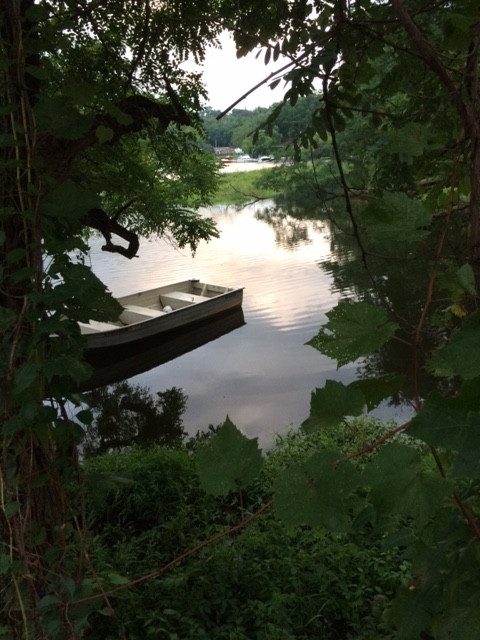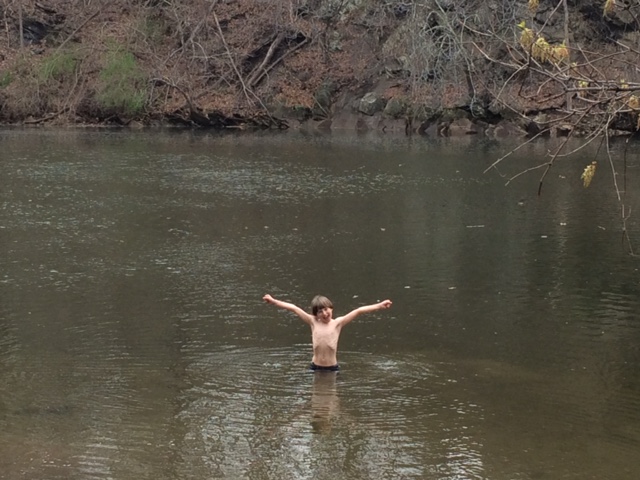Esopus Creek Waterfront
When Cantine’s Island Cohousing was granted the privilege of purchasing this special historic and biodiverse property, founding members agreed that the six acres of forested area along the waterfront would be protected from development. As stewards of streamside property, we work to protect the area’s native plants and reap the benefits of enjoying its many pleasures. Numerous birds, fish, turtles and mammals gather at this incredible tidal location about a mile from the confluence of the Esopus with the Hudson River where the Saugerties Lighthouse is located. The dam that provided waterpower for turn of the century mills is just upstream, with many fish concentrating just below. Common sightings include osprey, eagles, great blue herons, ducks, cormorants, pileated woodpeckers, beavers and even a stray seal. Anadromous fish migrate from the ocean to spawn in the springtime include herring, striped bass and American eels.
Recreation
The community maintains a boathouse with kayaks and canoes, many of which are shared among community members. It’s an easy and gorgeous paddle to the Saugerties Lighthouse, with soul-warming views of the Catskills and the Village of Saugerties on the return. Families spend summer days swimming and playing at our small beach and the entire community holds summer barbeques and other activities beside the creek.
For an aerial video about this section of the lower Esopus Creekclick here, you can see the community property from 1:07-1:13 on the inside bend of the river. The homes and common house are visible at 1:13.
History
The waterfront property includes former buildings and partial buildings from the Cantine paper and iron mills that operated through the turn of the century. Artifacts from the mills are evident throughout the property. The Cantine paper mill was the first to invent a “smudgeless” newsprint paper using a lime treatment on the paper. At one time, this mill provided all of the newsprint paper for the United States until other mills began using the process. A still existing inlet was used to transport materials to and from the mill via the Hudson River. The community uses one of the buildings for extra storage and a woodshop. Arm of the Sea Puppet Theater also uses the site for storage and practice sessions. The theater is developing an exciting performance and environmental education space called the Tidewater Center on the neighboring property.
It is lovely to go for a boat ride on a summer evening.
The water’s edge provides a wonderful place to go for a quiet walk, even in the coldest weather.
The rocks on the opposite side of the creek are interesting to explore.
The current is very gentle where we are, and when it’s hot out, even in fall, the water feels great.





